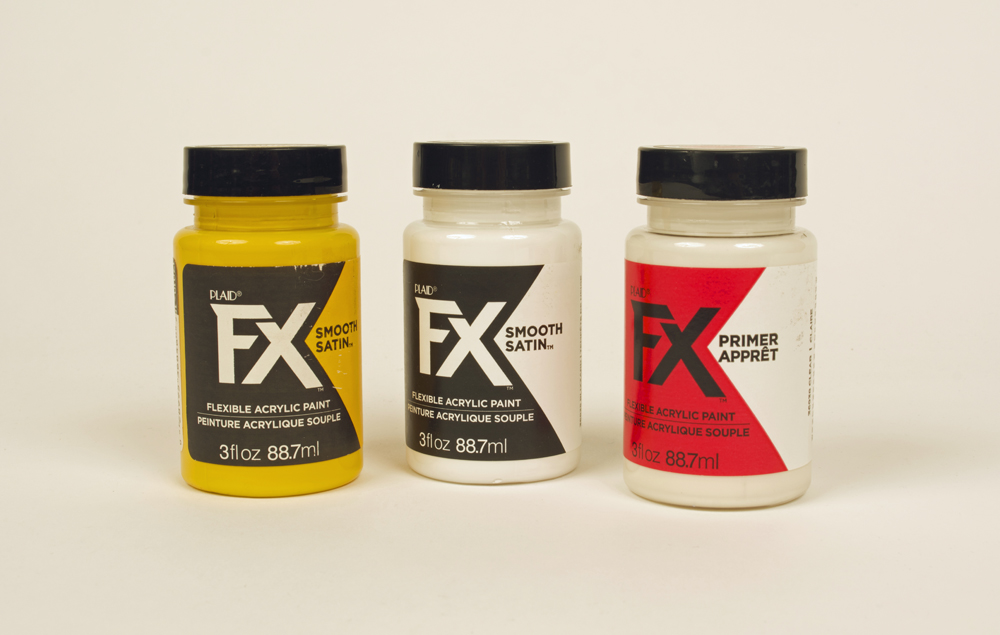
Plaid FX flexible acrylic paint. Last week my wife needed to make a stop by the local Hobby Lobby to get some supplies for her classroom. While my wife and daughter were busy shopping, my son and I walked through the rest of the store. I’m always on the lookout for potential modeling products, and this trip didn’t disappoint. On an endcap I came across a display of Plaid FX flexible acrylic paint.
Curious, I picked up a bottle and read the back. It said, “Flexible, non-cracking, non-peeling, no tack, durable paint with a smooth satin finish. Ideal for pliable surfaces such as EVA, foam, and other cosplay materials such as thermoplastics and 3-D prints.” Immediately, a light bulb went off. This stuff might work for slippery engineering plastic handrails on locomotives. At $3.99 for a 3-fluid-ounce bottle, what did I have to lose?
The Plaid FX line
There are five ranges within the Plaid FX line. The one that has the most useful colors for model railroading is the Smooth Satin range. As noted, the colors were designed for cosplay, but don’t let the names throw you. Carbon is black, Charred Root is brown, Amber Sand is yellow, Blizzard is white, and Pyro is Red.
The Armour Metallic range also has some useful model railroad colors. New Liberty and Chainmail could be used on their own or as a basecoat for lighter colors such as white and yellow.
The other three ranges are Nuclear Neon, Hi-Voltage Glitter, and Mutant Shift. There’s also a Primer in the Plaid FX line. According to the website the clear primer provides a smooth base for painting.
Straight from the bottle, the Plaid FX paint is thick, along the lines of a craft paint. This shouldn’t come as a surprise, as Plaid also produces Apple Barrel and Delta Ceramcoat paints.
I stirred the Plaid FX with a wood stick before using it. For brush-painting, I put some paint on a palette and thinned it with water. For airbrushing, I mixed it 1:1 with window cleaner (think Windex). In both applications, I built up the color in light layers. The manufacturer recommends 1 hour of dry time between coats. The wet paint can be cleaned up with soap and water.
Brush-painting and airbrushing
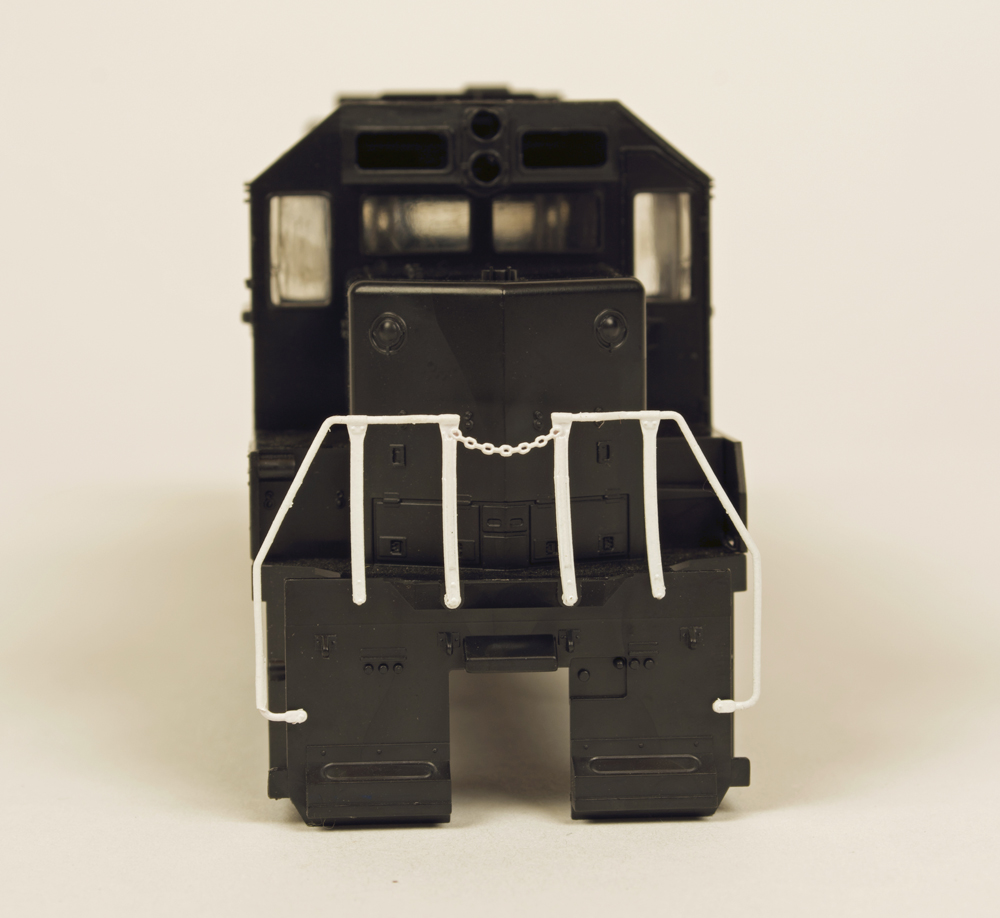
Like any product, Plaid FX flexible acrylic paint has a learning curve. It took a bit to get the hang of brush-painting. Once I had the paint thinned to a good consistency, it went on easily. The key is to build up the color in light layers and let it dry thoroughly between coats. I think brush-painting would probably be best reserved for smooth surfaces like vertical handrails in the stepwell of a locomotive.
I was really impressed with how easy the Plaid FX was to use in an airbrush. I followed the manufacturer’s recommended thinning ratio and set the air compressor in the Model Railroader workshop to 25 psi. I applied Primer and Blizzard on the combined handrail and stanchion casting shown above. I built up both in light, even coats. Though the paint is marketed as a satin, it dries on the flatter end of the spectrum.
Initial thoughts
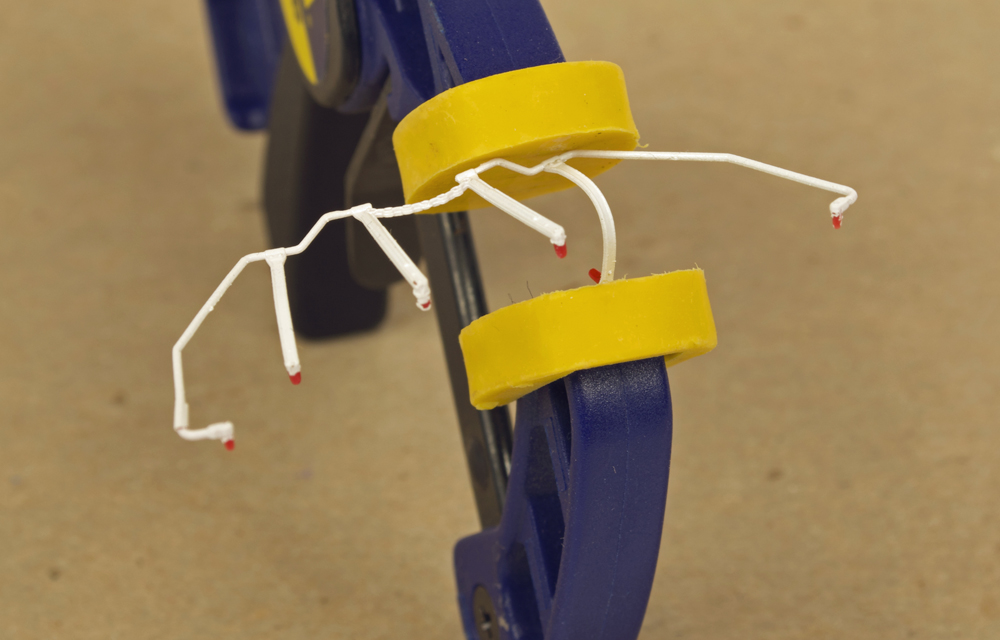
After a couple of quick tests on slippery engineering plastic locomotive handrails, I’m impressed with the Plaid FX paint. I was able to bend and twist the handrails and stanchions without the paint cracking or peeling. The paint didn’t fill in the openings in the chain, either. I was able to scrape the paint off the mounting pins on the stanchions with a No. 11 blade.
I look forward to testing the paint on other plastic details, including freight car ladders, grab irons, and stirrup steps. It will also be fun to explore mixing colors to get those not currently offered in the Plaid FX line. We’ll keep you posted on what we find out.
If you have an opportunity to try Plaid FX flexible acrylic paint, share your experiences in the comments field below.






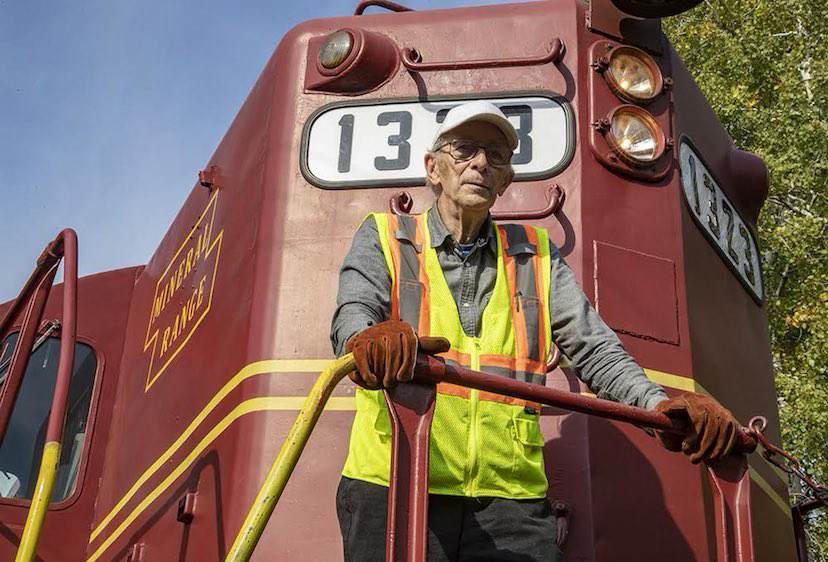

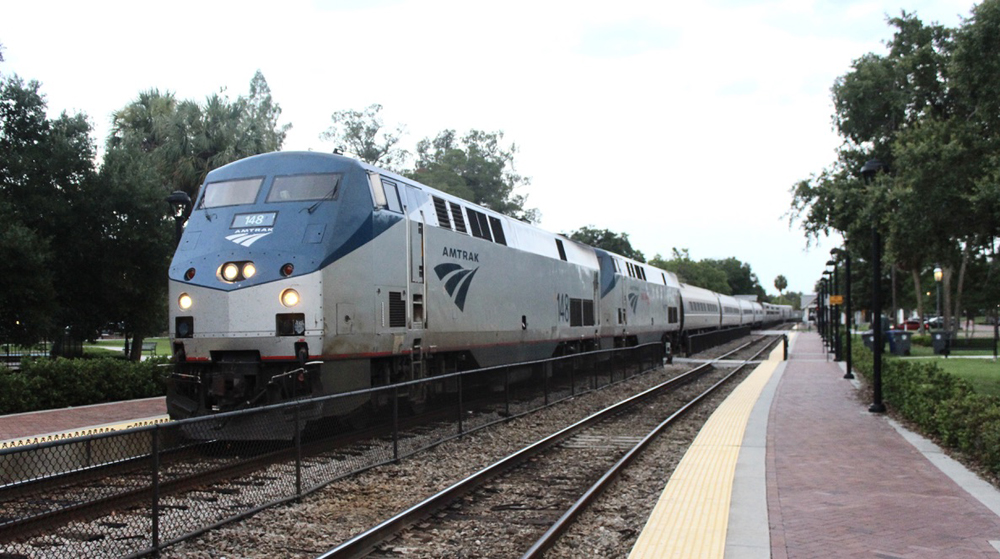
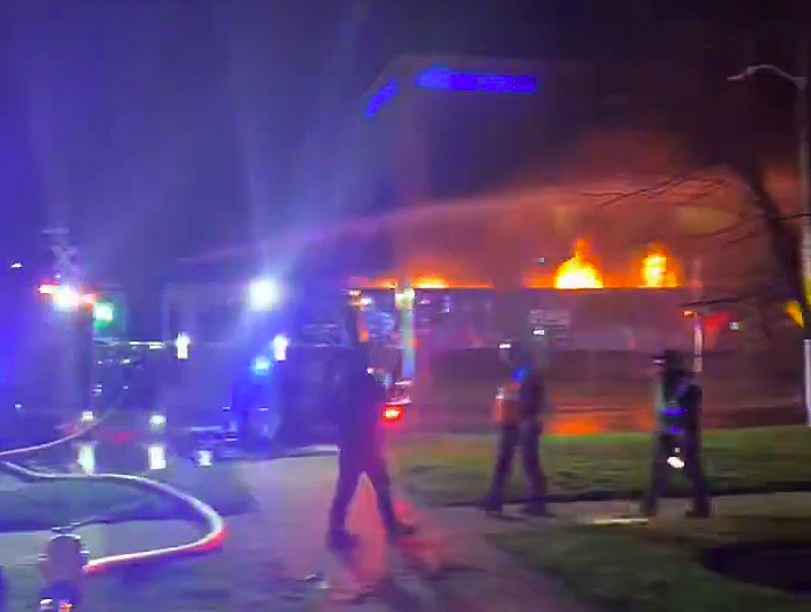




FWIW – Instead of Windex for a thinner, go buy a gallon jug of the cheapest blue windshield washer fluid you can find. My jug is about 5 years old now and still is over ½ full.
I airbrush a lot of the “craft paints” (Apple Barrel, Craft Smart, FolkArt, etc.) and the 50-50 mix works amazingly well. If you want a more glossy finish, clear acrylic floor wax can be substituted for the washer fluid, or can be sprayed dirctly w/o and thinning required for a gloss coat.
Best part, a 2 ounce bottle of craft paint costs between 50¢ and $1.49 from most sources and that 2 ounce bottle becomes basically a lifetime supply of that color!